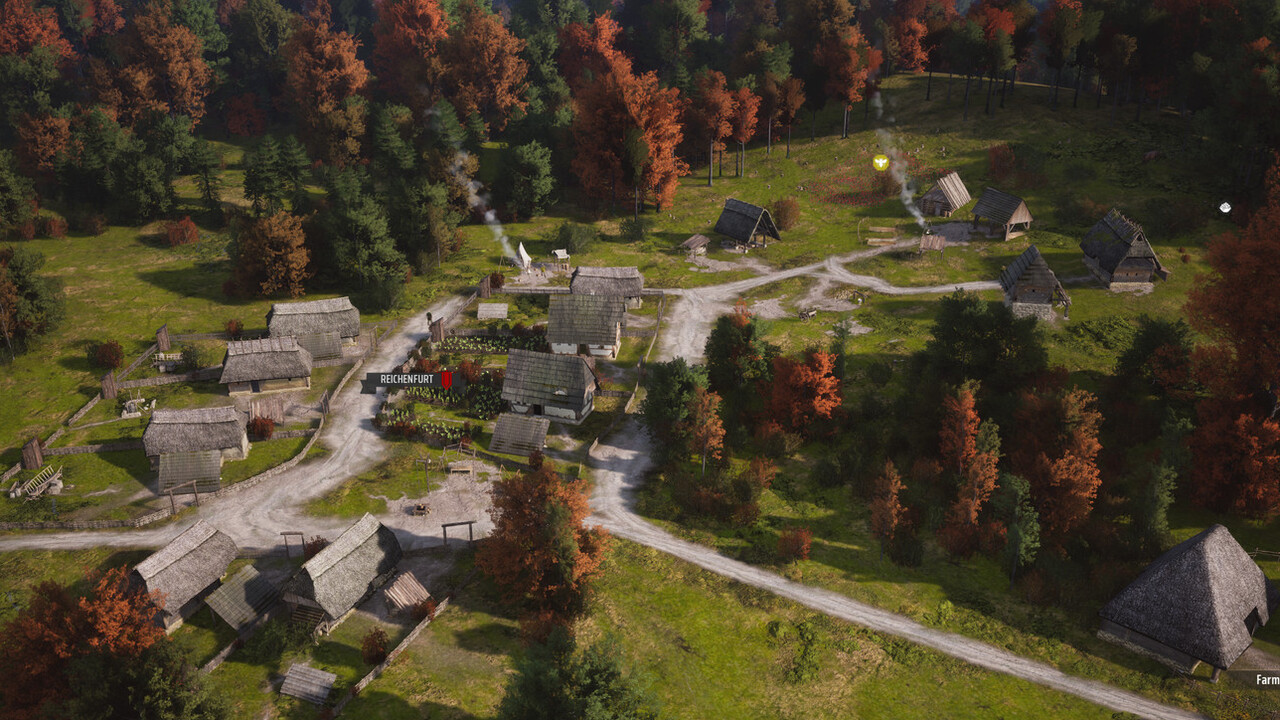Shortly after its commissioning, the James Webb Space Telescope found “unusually bright” galaxies from the early days of the universe that baffled the research community. The Space Telescope Institute, which is responsible for the instrument’s science work, announced this, citing two verified research papers.
The research team wrote that the brightness and shape of the galaxies as they were 350 and 450 million years after the Big Bang, respectively, indicate that the first stars formed as early as 100 million years after the Big Bang. The “Dark Ages” were much shorter then assumed.
Final confirmation pending
It was known that the James Webb Space Telescope discovered a particularly large number of distant galaxies immediately after it began its work. However, there were also doubts about the alleged discoveries, Discoveries made now But it passed peer review. These are objects with the designations GLASS-z12 and GLASS-z10, that is, galaxies with redshifts of z = 12.5 and z = 10.5. The first galaxy is therefore the most distant galaxy we’ve found so far. Distances still have to be finally confirmed. The research team explains that both will turn gas into stars very quickly. It is spherical or disk-shaped and is only a small percentage of the size of our Milky Way galaxy.
The “quiet, orderly disks” of the galaxies found challenge our understanding of how the first galaxies formed in the “crowded, chaotic early universe,” says Erica Nilsson, who co-authored the study. In addition, by all accounts, it was also assumed that the search for such early galaxies would take much longer. Several relatively low-mass stars could be responsible for the unexpectedly high brightness. But it is also possible that there are many particularly bright stars of the so-called Population III, the first generation of stars ever. They have never been directly observed before. The first data suggest this, but only the most detailed analyzes can provide evidence.
“Just breathtaking”
Information about the distance between the two galaxies was still based on infrared measurements. For independent confirmation, spectra must be determined and the actual redshift measured, the team writes. On its way to us, the expansion of space transfers light itself into red and eventually into infrared, which is why the value is also a measure of the age of a cosmic body. However, the discoveries are indeed remarkable, and a whole new chapter opens in astronomy, says astronomer Paola Santini: “It’s like an archaeological dig where you suddenly find a lost city or something unknown. It’s amazing.” The compact and extremely bright galaxies are very different from the Milky Way and its neighbors, adds research leader Tommaso Trio.
The James Webb Space Telescope is operated by the space agencies NASA, ESA, and CSA and was launched on December 25, 2021. After a complex procedure of self-detection, it reached the L2 Lagrange point a month later. Here he looks away from the Sun, Earth and Moon into space so that their heat radiation does not disturb the infrared telescope. A huge protective screen prevents them.
Read also
Since the scientific work began at the beginning of July, the quality of the data has not only astonished the research community. The first recordings are being posted live. The goal is for the scientific community to learn how to use the new observatory and its instruments as much as possible. the study On the two very early galaxies now in The Astrophysical Journal.
(mo)

“Tv expert. Hardcore creator. Extreme music fan. Lifelong twitter geek. Certified travel enthusiast. Baconaholic. Pop culture nerd. Reader. Freelance student.”






More Stories
How did life begin on Earth? Munich researchers find important clues
Immunotherapy as conversion therapy
How did life begin on Earth? Munich researchers find important clues